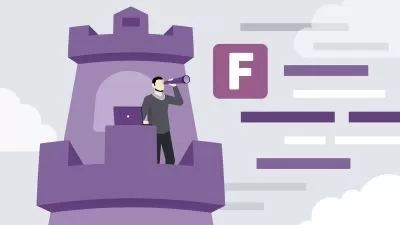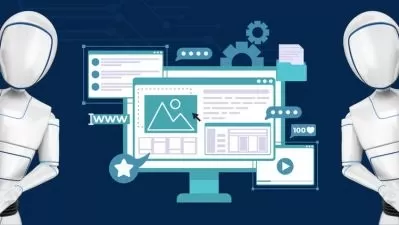Go Fundamentals
Mike Van Sickle
7:23:47
Description
If your job brings you into contact with the cloud, then you are probably interacting with Go. This course will teach you all you need to create your own Go programs, including an introduction to Go’s concurrency mechanisms.
What You'll Learn?
Go has become the first language many companies reach when they need fast, scalable, and maintainable software for cloud-based platforms. In this course, Go Fundamentals, you’ll learn the fundamentals of Go software development. First, you’ll explore the core language, such as the use of variables and control flow. Next, you’ll discover how to organize Go programs to maximize their clarity and maintainability. Finally, you’ll learn how to optimize application performance using Go’s elegant concurrency mechanism. When you’re finished with this course, you’ll have the skills and knowledge of Go needed to write straightforward and performant applications.
More details
User Reviews
Rating
Mike Van Sickle
Instructor's Courses
Pluralsight
View courses Pluralsight- language english
- Training sessions 124
- duration 7:23:47
- level preliminary
- English subtitles has
- Release Date 2023/08/21



















